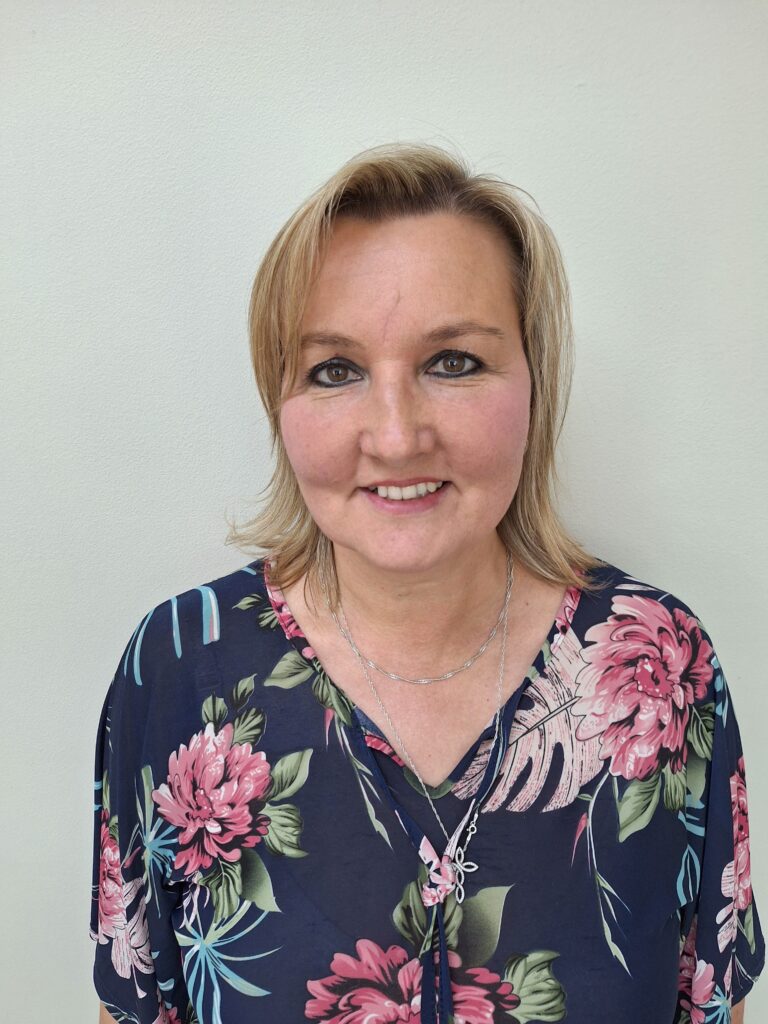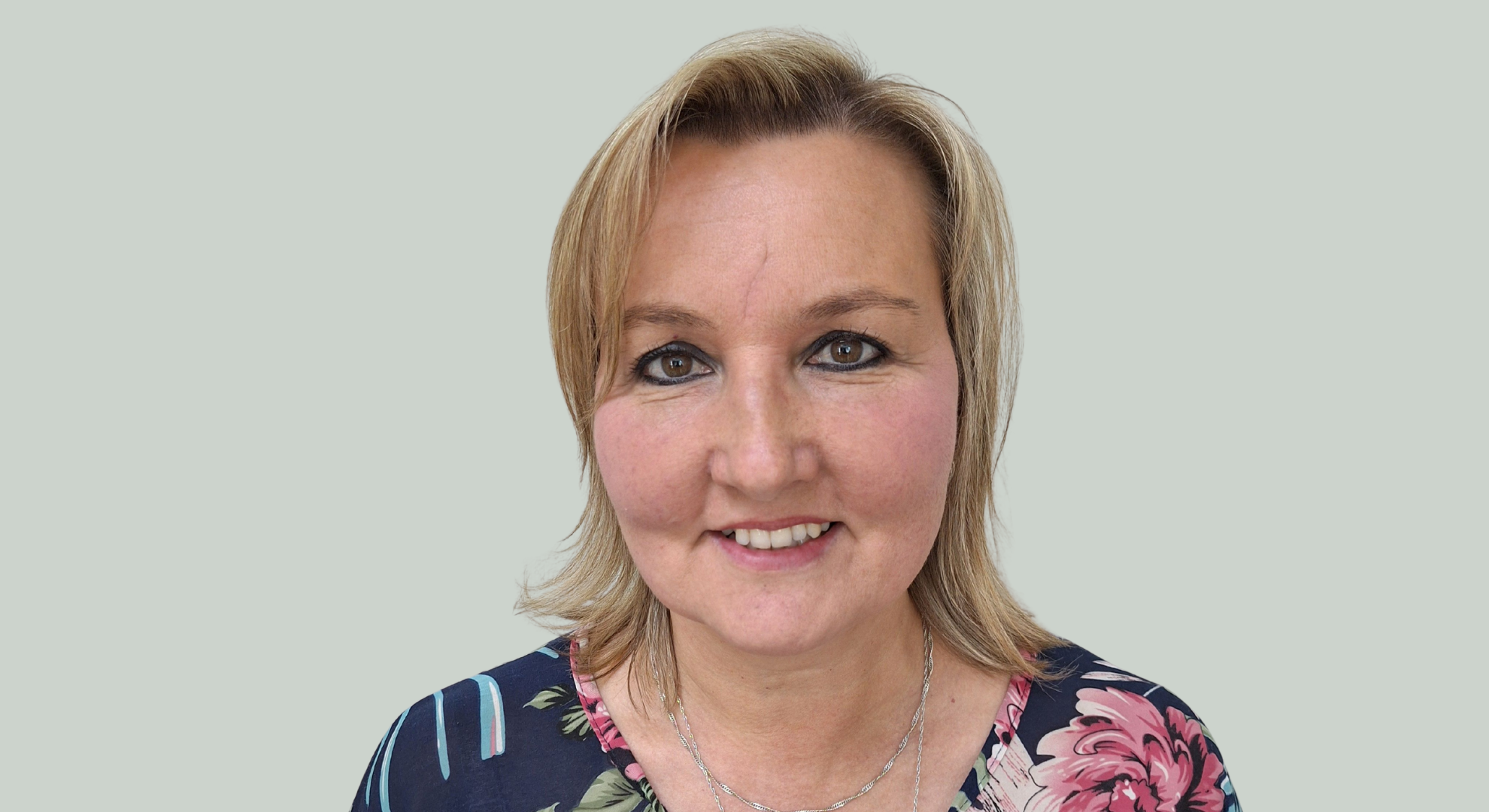With the demand for private education rapidly growing in South Africa, educational institutions are pressured to expand their facilities and classrooms to accommodate the growing number of students. Modular construction is thus emerging as a transformative solution that can tackle this challenge, given its ability to provide innovative and flexible learning spaces that meet the changing needs of private schools.
One of the biggest benefits of modular construction is its scalability. The modular design allows schools to easily expand or reduce their structures and reconfigure the classrooms as requirements change. This flexibility offers a significant advantage over brick-and-mortar buildings which are permanent, and therefore expensive and difficult to modify.
Similarly, unlike traditional building methods, modular construction is more cost-effective and quicker to set up and execute. Additionally, since all units and components are prefabricated in a factory, there is no building that is carried out on-site, resulting in minimal disruption to daily school operations.
This is important for private schools, as construction typically cannot take place while schools are in session, leaving a limited timeframe to erect new classrooms for the following year’s enrolments. In most cases, there simply is not enough time to build costly and permanent brick-and-mortar structures when schools need to add capacity.
No unexpected costs
The cost-effectiveness of modular construction is largely due to the fact that units are built in a controlled factory environment, eliminating extended labour costs or any miscalculations of material costings. Everything is priced ahead of time and customers know exactly what they are paying for.
On the other hand, with brick-and-mortar construction, additional costs often accrue as part of the management of the project, because additional days or extra material required had not been costed ahead of time.
The manufacturing process for modular units usually take three to four weeks. Once completed, the units are then delivered to the site, where a siting team assembles the units together. This on-site process usually takes one to two weeks, depending on the size of the building. At this stage, the classrooms are ready to use.
While schools are currently starting their intake of learners for the next academic year, many simply cannot accommodate all applicants, resulting in some students being turned away. With modular construction solutions, schools can still place their orders for additional units and have the necessary capacity ready by the start of the new academic year.
Leading suppliers of modular units are able to construct buildings that are significantly more versatile and flexible in design compared to traditional mobile structures. Modular buildings can vary in size, with options for two- or even three-storey structures, and the interiors can be partitioned to meet customer requirements.
Environmentally-friendly
Modular construction is not only more sustainable but also more environmentally-friendly than traditional building methods. With many modular unit suppliers renting out their units to customers rather than selling them, much can be done by the supplier to ensure greater environmental sustainability.
For example, when units are returned to the supplier, they are disassembled, and the components can be reused and reconfigured into a new building for a different customer. Additionally, some suppliers have also started using extended polystyrene for insulation in their units, which is almost entirely recyclable and more environmentally-friendly than traditionally used polyurethane.
Modular buildings present a highly effective solution to the pressing capacity needs of private schools in South Africa. Their rapid deployment, cost-effectiveness, and flexibility, as well as the ability to customise and relocate these buildings as needed, offer a sustainable and adaptable approach to the fast-changing educational landscape.



